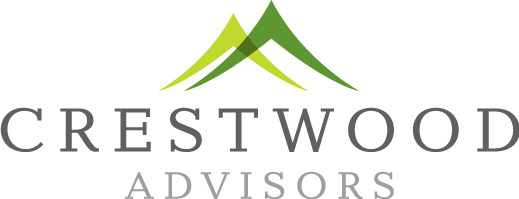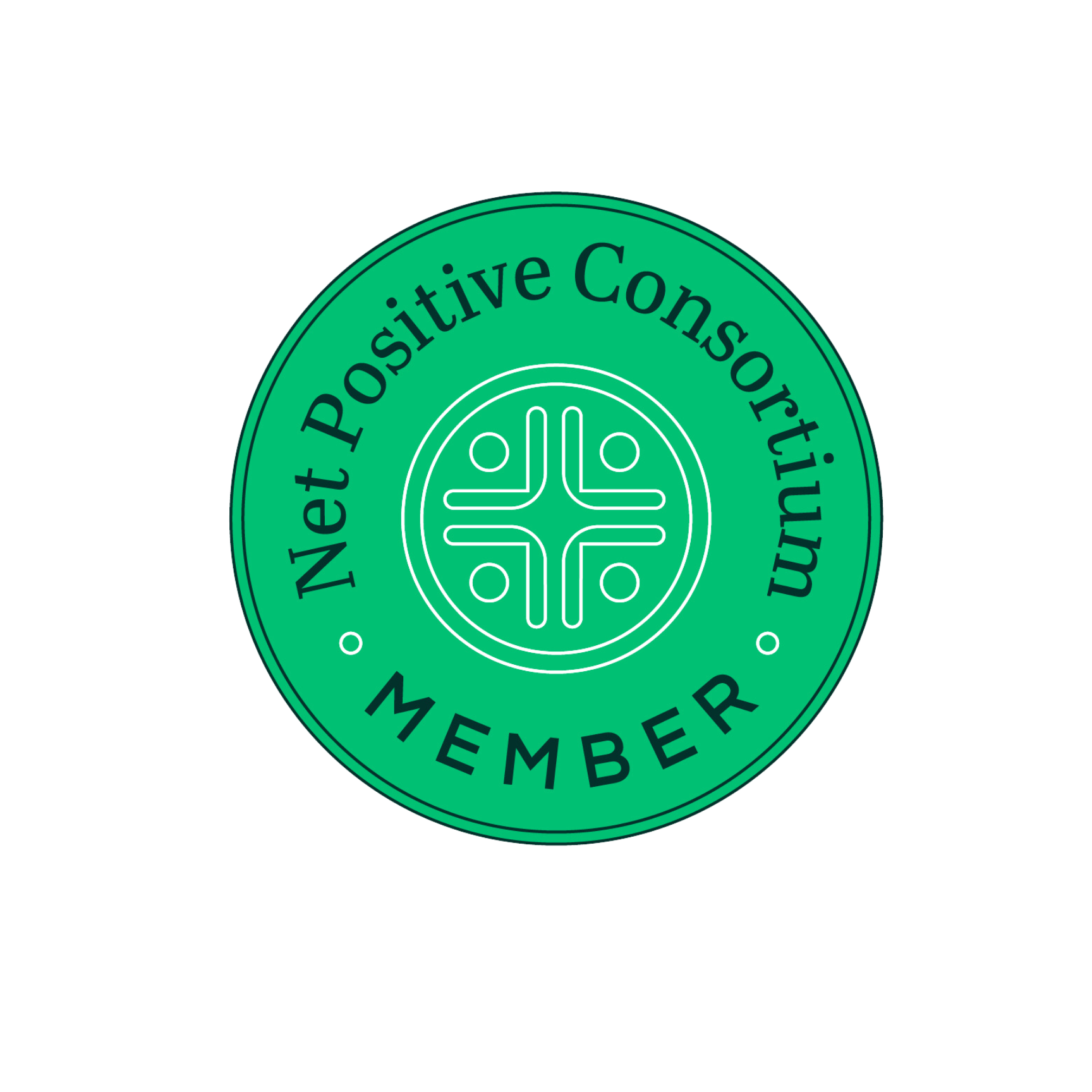2023, the Chinese Year of the Rabbit, has been generally positive for financial markets, but not without a fair number of challenges. With the holidays just around the corner, the final days of the year will soon be upon us. This is a good time to be vigilant and quick-minded regarding your financial plans and money-related action items.
Here are a few considerations:
Capital Gains and Losses
We are mindful of opportunities to take advantage of tax optimization strategies within your portfolios. If you plan to make charitable donations of stock (more on that below), any long-term holdings with large gains are tax-efficient candidates.
Roth IRA Conversions
A Roth conversion moves funds from your Traditional IRA and puts them into a Roth IRA. The amount converted is taxed as ordinary income in the year of the conversion. Because Roth IRA money avoids future federal taxes on distributions, this strategy can help reduce your tax burden over the years, in many cases taking advantage of lower tax brackets.
Backdoor Roth IRAs
A “Backdoor” Roth contribution is when you use after-tax dollars to create a Traditional IRA and immediately convert it to a Roth IRA with minimal or no tax consequences. This could be a great option for people who are normally unable to contribute to a Roth IRA due to the income limitation. For tax reasons, the strategy works best if you don’t have an existing Traditional IRA.
Employer Retirement Plans and HSAs
Make sure you’re maxing out your 401(k) and HSA (Health Savings Account) at work:
- For 2023, the maximum employee 401(k) contribution is $22,500, with an additional $7,500 “catch-up” allowed if you are age 50 or older by the end of the year.
- If you have access to a High Deductible Health Plan (HDHP) and the option to contribute to a Health Savings Account (HSA), you’ll enjoy triple tax benefits! HSA contributions reduce your taxable income, avoid payroll tax, and growth comes out tax free in the future (if used for qualified medical expenses). The funds can cover a variety of expenses in the future, such as Medicare premiums, long-term care premiums, or many other coverages and costs. After age 65, the money could also be withdrawn just like an IRA (by paying Income tax on the withdrawals).
Family Gifting and Estate Tax Planning
If you and your family anticipate dealing with estate taxes, a variety of trusts and tax planning techniques are available, including:
- GRAT (Grantor Retained Annuity Trust) – Pass appreciation of an asset to the next generation while retaining control of the principal.
- SLAT (Spousal Lifetime Access Trust) – Protect assets from future estate taxes while allowing the spouse to have access during his or her lifetime.
- Charitable Trust – Receive a charitable income tax deduction combined with a tax-efficient way to transfer assets to the next generation.
- Dynasty Trust – Shield assets for multiple generations from creditors, divorce claims, as well as future estate tax rate increases.
- ILIT (Irrevocable Life Insurance Trust) – Protect life insurance proceeds from estate taxes.
- Lifetime QTIP (Qualified Terminable Interest Property) – Leave assets for a surviving spouse and determine how the remaining assets are distributed after the survivor dies.
As of 2023, the federal lifetime estate tax exemption is over $12.92 million per person ($25.84 million for a married couple), indexed for inflation. Please note that these amounts are scheduled to drop back to approximately half of their current values in 2026.
The 2023 gift tax exclusion is $17,000 per individual ($34,000 for a couple), to each recipient. There is no limit to the number of recipients in a year. For example, a couple could give $34,000 to a child’s 529 college funding plan without owing any gift tax, and they could give another $34,000 for a second child. Payment of tuition or medical bills is not subject to the annual exclusion limit if made directly to the institution.
Charitable Giving
Donations given to qualified charities reduce your tax liability while supporting the causes you believe in. To gift efficiently, such as deciding whether to use securities (stocks) or cash, please consult your Crestwood team as well as your tax professional.
Making use of a Donor Advised Fund (DAF) may be more helpful than traditional gifting strategies, depending on your situation. This approach allows you to gift a large amount all at once into the DAF, enjoying the tax benefit in a single year, and then “spread out” the actual gifting to charities over several years, funded from the DAF account.
Qualified Charitable Distributions (QCDs) are another possibility to consider if you have an IRA and are 70.5 or older. You can gift up to $100,000 per year, with donations sent directly to qualified charities as tax-free distributions. QCDs can be used to satisfy your Required Minimum Distribution (RMD) for the year, so if you don’t need that income, this could be a great option.
A Time for Resilience
As the Year of the Rabbit turns the corner and heads for the last lap, keep your Crestwood team in mind for any questions or help in implementing these strategies. The Rabbit also represents being ingenious, so let’s work together to find creative solutions and improve your financial outlook! We look forward to 2024 as we harness the power of the Dragon.




